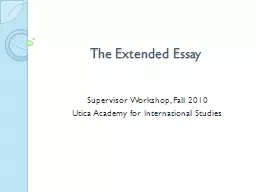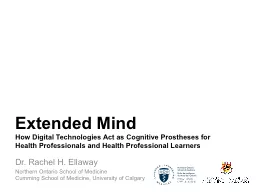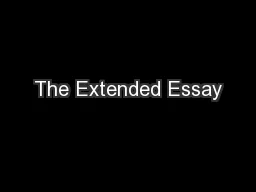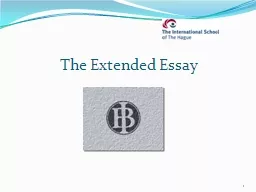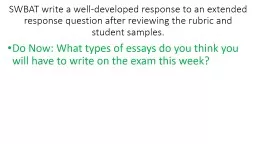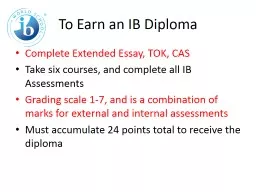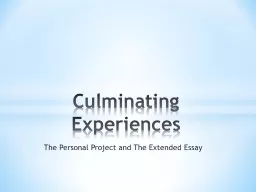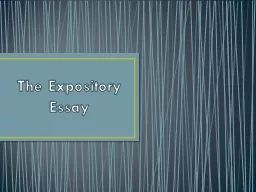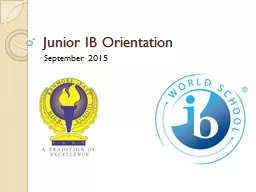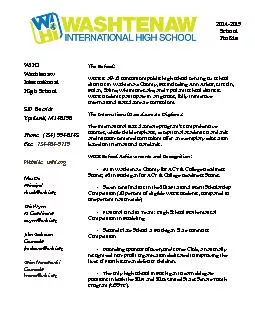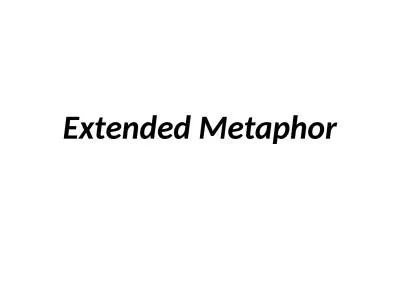PPT-The Extended Essay
Author : lindy-dunigan | Published Date : 2016-04-11
Supervisor Workshop Fall 2010 Utica Academy for International Studies Workshop Goals Understand the requirements and process that will prepare students to write
Presentation Embed Code
Download Presentation
Download Presentation The PPT/PDF document "The Extended Essay" is the property of its rightful owner. Permission is granted to download and print the materials on this website for personal, non-commercial use only, and to display it on your personal computer provided you do not modify the materials and that you retain all copyright notices contained in the materials. By downloading content from our website, you accept the terms of this agreement.
The Extended Essay: Transcript
Download Rules Of Document
"The Extended Essay"The content belongs to its owner. You may download and print it for personal use, without modification, and keep all copyright notices. By downloading, you agree to these terms.
Related Documents

